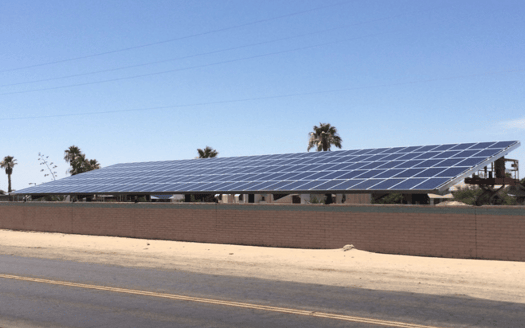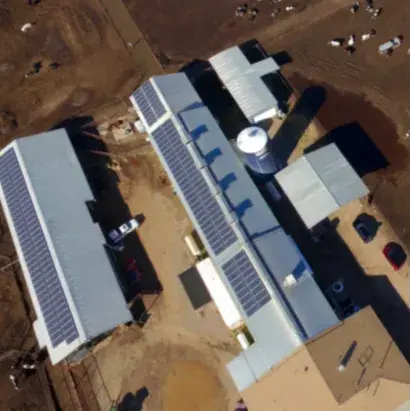Commercial Solar Incentives
Tax breaks & government Saving
- Home
- Maximize Savings with Commercial Solar Incentives in Arizona
Commercial Solar Incentives Add Up To Big Savings
Many of the world's most successful businesses are going solar to reduce operating expenses and dramatically improve their yearly balance sheets. For companies like Walmart, Target, and PepsiCo, it's no longer a question of "If" solar will save them money but how much and how quickly.
Despite this growing acceptance, most small and medium-sized business owners are still largely unaware of the numerous incentive programs available to dramatically reduce the costs of installing their solar energy plant.
Below is a quick summary of the most utilized commercial solar incentives. In addition to what's listed below, a few local utilities offer incentive programs of their own that can be added to the options below for even more savings. Our commercial solar team can help you determine what's available in your area. So read on and learn how to offset as much as 50% of a commercial solar purchase.
How Commercial Solar Incentives Work
30% Solar Investment Tax Credit (ITC)
Available to businesses and homeowners, this incentive will offset up to 30% of a solar purchase in the form of a federal incentive tax credit. To qualify, the business must have a tax liability upon filing. In other words, if the business owner receives money back from their tax return, the credit will not be applied for that year and will roll forward.
Through the Inflation Reduction Act, signed into law on August 16, 2022, the 30% ITC is now available for businesses through 2032. After that, the incentive drops to 26% in 2033 and decreases again to 22% in 2034 before dropping permanently to 10% for commercial projects and 0% for residential projects beginning on January 1, 2035.
State Solar Tax Credits
As of January 1, 2019, the Arizona state tax credit for commercial solar projects has been discontinued by the Arizona legislature. Please contact your state representative for more information.

MACRS Investment Depreciation
Every commercial solar system qualifies for the Modified Accelerated Cost Recovery System (MACRS), established in 1986 as a method of depreciation in which a business’s investments are recovered, for tax purposes, over a specified period via annual deductions. Qualifying solar equipment is eligible for a cost recovery period of up to five years.
USDA REAP Grants
The USDA established the Rural Energy for America Program (REAP) grant to assist agricultural producers with renewable energy investments. This REAP grant is available in select rural towns across the country with a population below a certain threshold and covers 25% of a solar investment up to $500,000 for qualifying businesses.

Help is available for any Arizona business seeking relief from rising energy costs. Contact our commercial solar team to find out what’s available for your business. Act now before these and other incentives expire.

%20(7).svg)